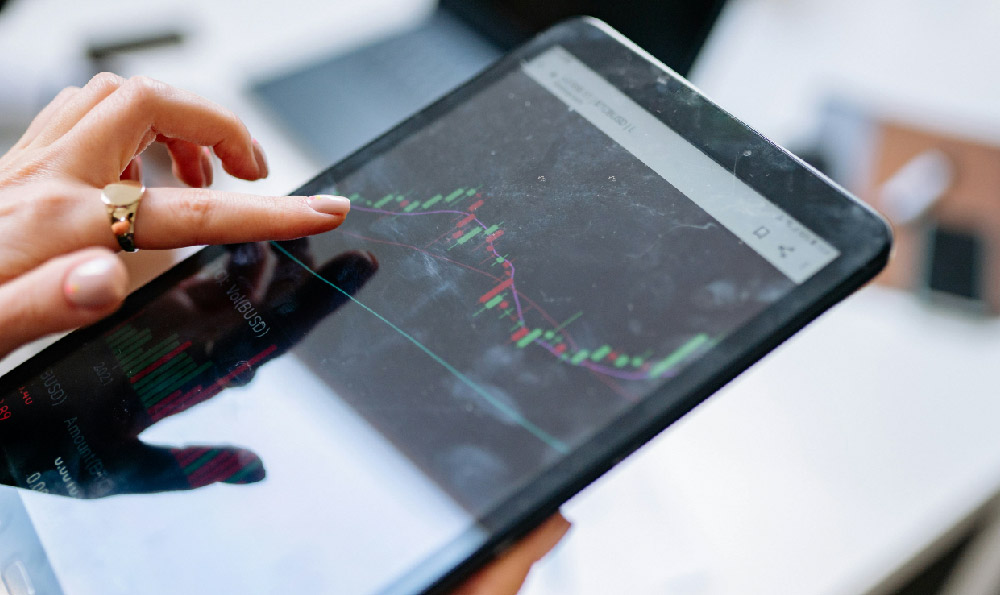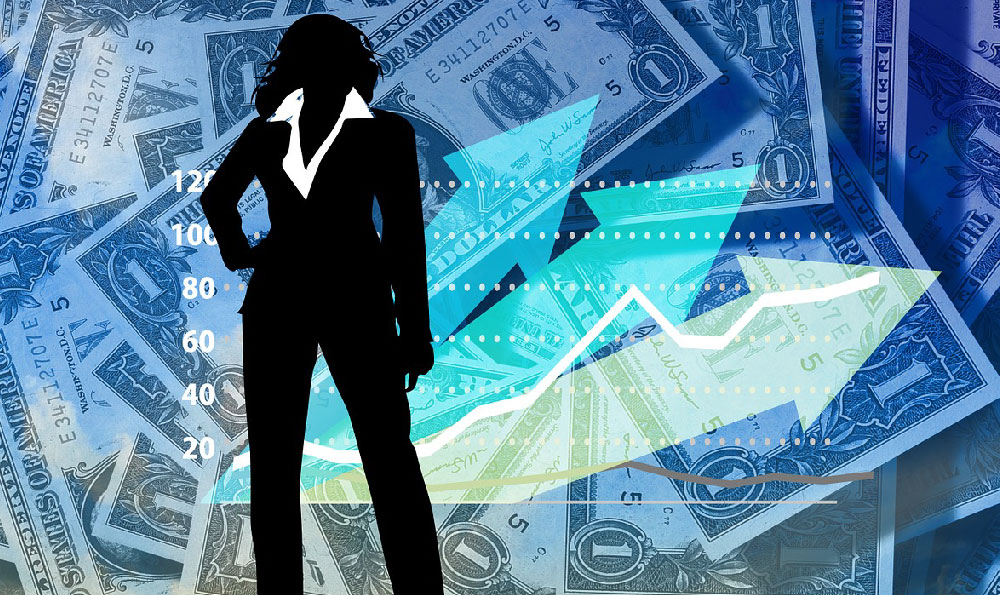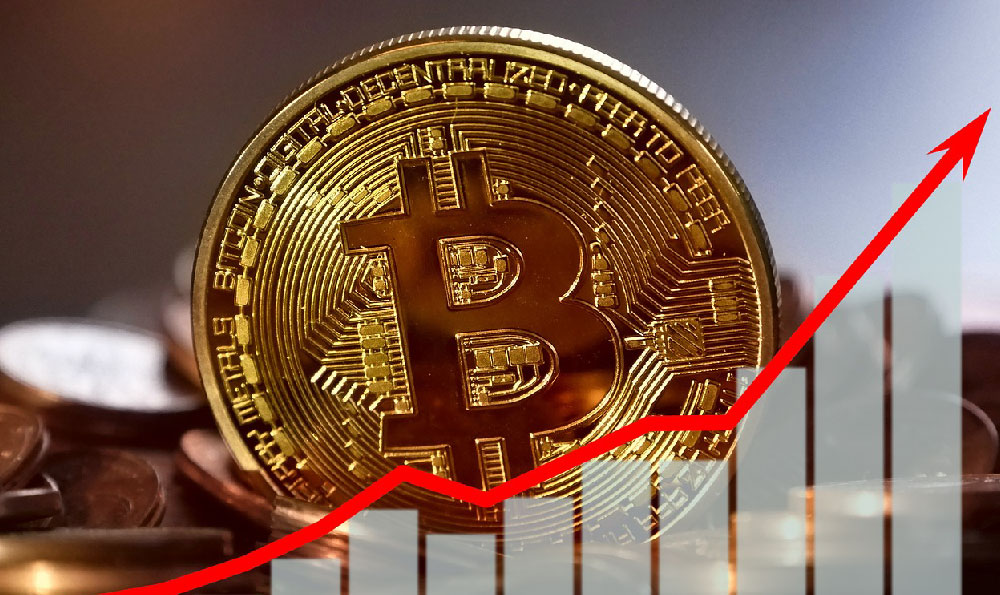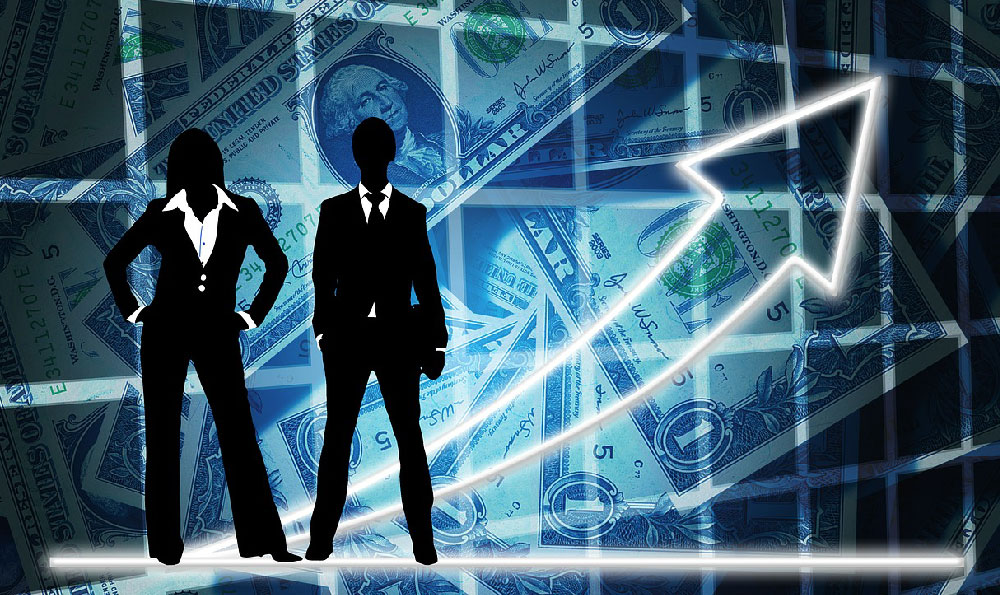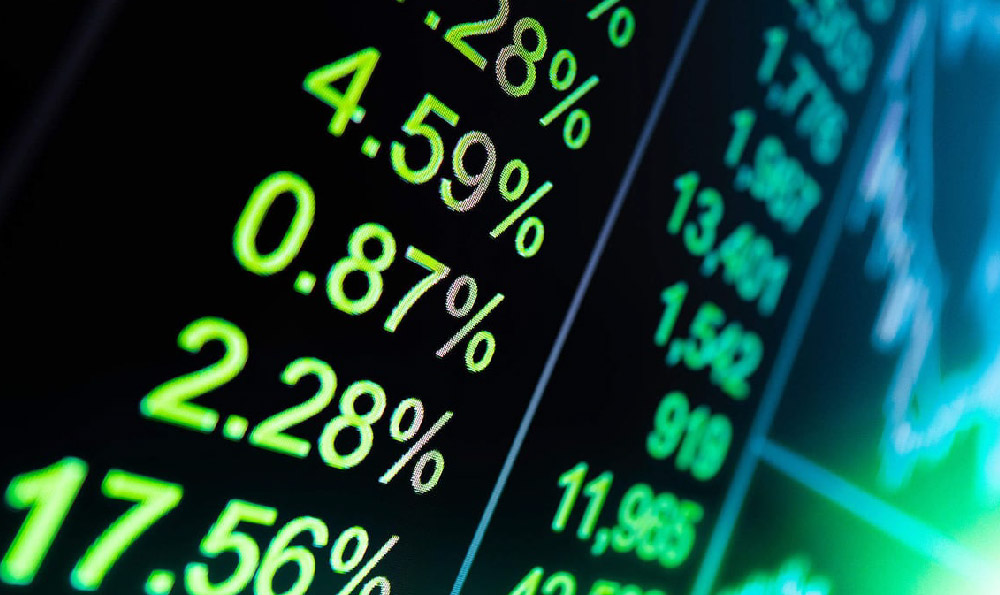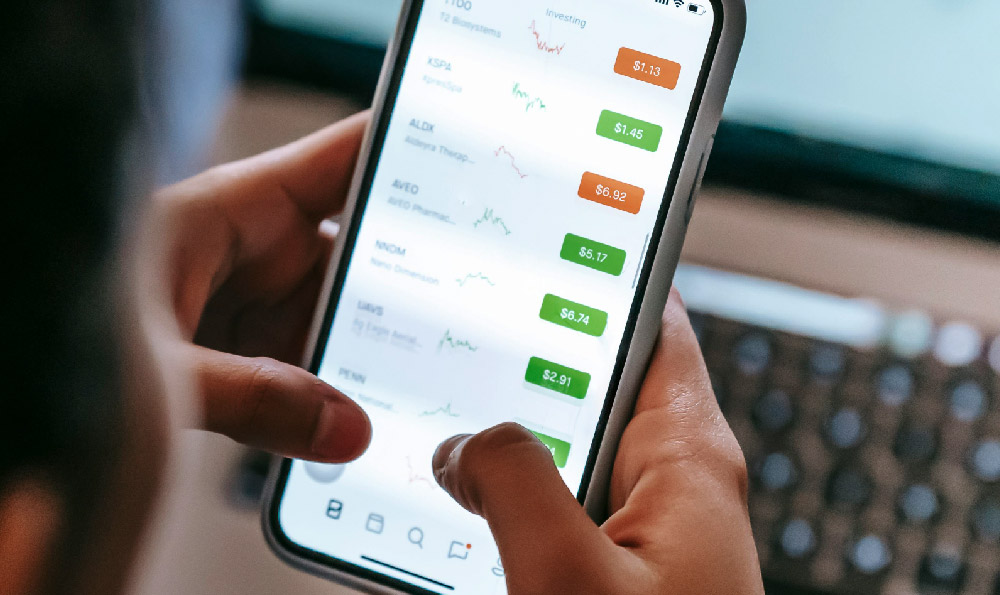Elon Musk's journey to becoming one of the world's wealthiest individuals is a multifaceted story woven from entrepreneurial vision, technological innovation, relentless hard work, and a strategic approach to risk and investment. It's not a tale of sudden fortune, but a carefully constructed narrative spanning several decades and encompassing multiple successful ventures. Understanding how he accumulated his wealth requires examining the key milestones and strategic decisions that propelled him to financial prominence.
Musk's initial foray into wealth creation began in the mid-1990s, during the burgeoning dot-com era. In 1995, he co-founded Zip2 Corporation with his brother Kimbal Musk. Zip2 provided online city guides to newspapers, essentially a digital Yellow Pages. This venture, while seemingly simple in retrospect, tapped into the growing demand for online information and local business listings. Musk's role at Zip2 was crucial, involving not only the technological development of the platform but also sales and marketing efforts. The company's early success attracted significant interest, culminating in its acquisition by Compaq in 1999 for a reported $307 million in cash and $34 million in stock options. Musk, holding a 7% share, walked away with approximately $22 million after taxes. This initial windfall wasn't squandered; instead, it served as the seed capital for his ambitious future endeavors.
Rather than retreating into early retirement, Musk immediately reinvested a significant portion of his Zip2 earnings into his next venture: X.com, an online financial services and payment company. This marked a pivotal moment, demonstrating his commitment to high-risk, high-reward investments. X.com, founded in 1999, was envisioned as a comprehensive platform for banking, investing, and money transfers. The company faced intense competition in the nascent online payment landscape. A key turning point arrived with the merger of X.com and Confinity, a company specializing in money transfers through its PayPal service. While the merger initially created internal conflicts regarding technology and vision, the eventual dominance of PayPal's platform led to the adoption of the PayPal name for the merged entity. In 2002, eBay acquired PayPal for $1.5 billion in stock. Musk, as the largest shareholder with 11.7% of the company, received approximately $180 million after taxes. This second substantial payout further solidified his financial foundation and provided the resources necessary to pursue even more audacious goals.

The funds from the PayPal acquisition fueled Musk's two most ambitious and impactful ventures: SpaceX and Tesla. In 2002, he founded Space Exploration Technologies Corp., or SpaceX, with the audacious goal of revolutionizing space technology, ultimately enabling humans to colonize Mars. Investing heavily in research and development, SpaceX initially faced numerous setbacks and near-bankruptcy. The first three launches of the Falcon 1 rocket failed, putting the entire company at risk. However, the fourth launch in 2008 was successful, a critical turning point that secured a significant contract with NASA to resupply the International Space Station. This NASA contract not only provided crucial funding but also validated SpaceX's technology and established its credibility within the aerospace industry. Since then, SpaceX has achieved numerous milestones, including developing reusable rockets, launching commercial satellites, and contributing significantly to space exploration efforts. The value of SpaceX has skyrocketed, making up a significant portion of Musk's net worth. This demonstrates the power of long-term vision and perseverance in the face of adversity.
Concurrently, Musk invested in Tesla Motors (now Tesla, Inc.) in 2004, becoming its chairman and later its CEO. Tesla's mission was to accelerate the world's transition to sustainable energy by creating compelling electric vehicles. The early years were fraught with challenges, including production delays, engineering difficulties, and financial constraints. The company teetered on the brink of collapse multiple times. However, Musk's unwavering commitment and relentless pursuit of innovation eventually paid off. The launch of the Model S in 2012 marked a turning point, establishing Tesla as a leader in the electric vehicle market. Subsequent models, including the Model X, Model 3, and Model Y, further cemented Tesla's dominance and expanded its market share. Tesla's success not only revolutionized the automotive industry but also drove down the cost of battery technology and accelerated the adoption of renewable energy solutions. The company's stock price has soared, making Musk the wealthiest individual in the world at various points.
Beyond SpaceX and Tesla, Musk has also founded or invested in other ventures, including Neuralink, which aims to develop implantable brain-machine interfaces, and The Boring Company, which focuses on developing tunneling technology to alleviate urban congestion. These ventures, while still relatively early in their development, represent Musk's continued commitment to tackling challenging problems and pushing the boundaries of technological innovation.
In summary, Elon Musk's wealth accumulation is a result of a combination of factors. He started with the success of Zip2 and PayPal, but more importantly, he strategically reinvested those earnings into high-risk, high-reward ventures like SpaceX and Tesla. His relentless pursuit of innovation, coupled with his willingness to take on significant risk, has driven the success of these companies and propelled him to the top of the wealth rankings. He demonstrated a long-term vision, a willingness to learn from failures, and an unwavering belief in the potential of technology to transform the world. While the initial significant wealth creation occurred in the early 2000s with the PayPal acquisition, the exponential growth in his net worth is largely attributed to the performance of SpaceX and Tesla, particularly throughout the 2010s and 2020s. His story serves as an inspiration to entrepreneurs and innovators worldwide, demonstrating the power of vision, perseverance, and strategic risk-taking in achieving extraordinary success. He got rich over time, fueled by constant innovation and an appetite for disrupting established industries.


